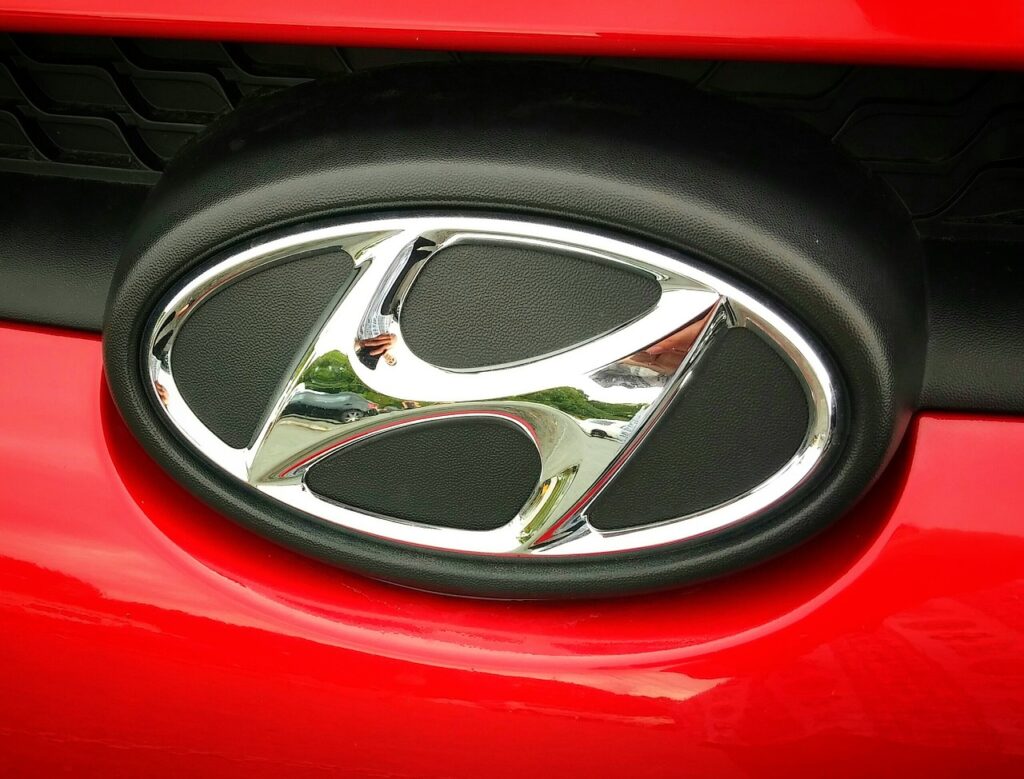Hyundai is set to introduce the N Vision 74, a cutting-edge hydrogen fuel cell-powered sports car. According to a recent report, Hyundai plans to produce a limited run of 100 units, with 70 destined for private customers and 30 earmarked as racing versions for motorsport enthusiasts.
The N Vision 74 is poised to pack a powerful punch, with an expected increase of 120 horsepower, pushing the drive system to an impressive 800 horsepower. While the power upgrade is substantial, the reported range is anticipated to slightly decrease to 400 to 500 kilometers, down from the initial concept’s projection of over 600 kilometers. This strategic shift aligns with the car’s emphasis on high-performance driving dynamics.
Hyundai has officially confirmed the production plans for the N Vision 74, with details registered at the European Patent Office, including the model name N74. Production is slated to commence in the first half of 2026, marking a significant milestone in Hyundai’s pursuit of innovative and sustainable mobility.
The design philosophy of the N Vision 74 pays homage to the iconic 1974 Hyundai Pony Coupe Concept, a brainchild of legendary car designer Giorgetto Giugiaro. Giugiaro’s influence extends to a myriad of automotive classics, and the Pony Coupe Concept played a pivotal role in shaping Hyundai’s trajectory as an automobile manufacturer.
While the original Hyundai Pony Coupe Concept from 1974 never reached series production, its bold design and visionary spirit left an indelible mark on Hyundai’s history. In the mid-1970s, Hyundai took a bold step by producing its first proprietary model, the Hyundai Pony, which became Korea’s first mass-produced car. Giugiaro’s design for the Pony earned it the endearing nickname “Kukmincha” or “car for the people” in Korean.
Fast forward to the present day, and the N Vision 74 serves as a homage to this classic design, breathing new life into Hyundai’s commitment to innovation. The vehicle encapsulates the evolution of Hyundai’s design ethos, combining the spirit of the past with the technology of the future.





